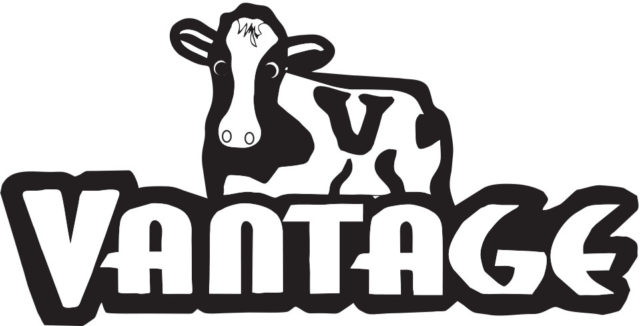It’s been an interesting start to the growing season, to say the least.
Not only has it been a late spring in much of southern Idaho – with late-season cold snaps and wind that has lingered longer than usual in the Magic Valley – the consensus has been that it has been an interesting one indeed.
But beyond the typical weather challenges, Idaho has once again been put on the map, but this time for less favorable reasons. The water curtailment order issued on May 30, requiring 6,400 junior groundwater rights holders who pump off the Eastern Snake River Plain Aquifer (ESPA) to shut off their water has received national attention.
Fortunately, as I write this, a significant development has emerged. Groundwater irrigators and surface water irrigators have struck a deal that saves 330,000 acres of Idaho farmland from being dried up and averts economic catastrophe in the state, according to an Idaho Ground Water Appropriators Inc. (IGWA) news release.
The mitigation agreement for 2024 has been signed by all parties and approved by the Idaho Department of Water Resources (IDWR). This lifts the curtailment for all nine groundwater districts that use water from the ESPA.
While this agreement is a significant step forward, it does not address the underlying issues in managing the aquifer. It merely buys some time for the state to formulate a more practical and effective management strategy before we find ourselves in a similar situation in the next growing season.
In June, I attended the Idaho Water Users Association’s (IWUA) midyear meeting where, as you can guess, replenishing the ESPA was a key point of discussion. T.J. Budge, the attorney representing IGWA; and Kent Fletcher, the attorney for the Surface Water Coalition, gave a presentation with several important points to consider.
Emphasizing the need to explore alternatives before resorting to mass curtailment, Budge said, “We are at a fork in the road, and it is a big fork. How we respond to better science, better data and a better understanding of how the aquifer functions will significantly impact agriculture in Idaho.”
Managing the ESPA is a complex puzzle with no easy answers, both speakers noted. One school of thought is that we can figure out how to manage our water resources more strategically and more effectively, preserving as much farmland and production as possible while meeting surface water needs. The other school of thought is if we would just start drying up enough farmland, the problems will go away.
A lot of frustration has stemmed from the fact that this has been a year where water seems abundant, and rivers are high. Roughly 640,000 acre-feet of water was spilled past Milner Dam this spring because we had nowhere to put it. We couldn’t put it in the ground, we couldn’t hold it in reservoirs, and we couldn’t use it to grow crops. Meanwhile, the Bureau of Reclamation was sending out advisories that several segments of the Snake River were almost at flood stage.
The water supply this year illustrates the potential for capturing and utilizing excess water more effectively. It's not easy; it's expensive and complicated.
Quoting Charles Darwin, Fletcher concluded his presentation by saying, “It’s not the strongest or the most intelligent who will survive but those who can best manage change.”
I think everyone breathed a sigh of relief when the curtailment was lifted, but the work is far from finished. Politics will likely come into play, but when you have a situation like this year, it shows that the system is not working as it is.
For a little background on how we got to this point, check out my coverage from the recent IWUA meeting, and visit our website for any significant updates on the issue.






